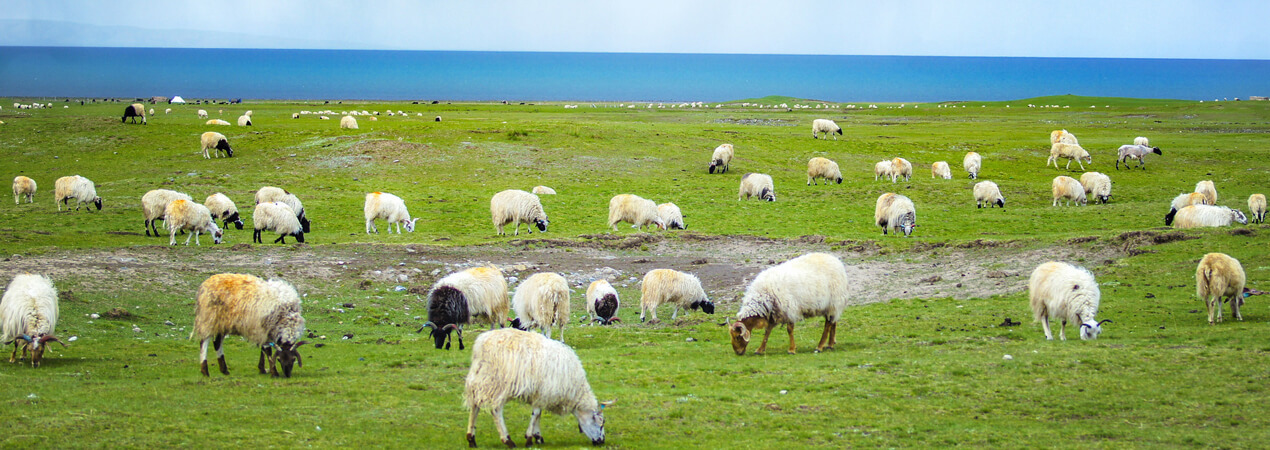
Inner Mongolia Travel Guide
Welcome to Inner Mongolia, a vast and captivating region located in northern China! With its stunning landscapes, rich history, and unique culture, Inner Mongolia offers a memorable travel experience. Whether you're interested in exploring the grasslands, visiting ancient temples, or immersing yourself in the local traditions, this guide will help you make the most of your trip.
Location of Inner Mongolia
Inner Mongolia, also known as Inner Mongolia Autonomous Region, is located in northern China. It borders the independent country of Mongolia to the north and extends southward to the Yellow River. The region covers a vast area of approximately 1.18 million square kilometers and is divided into autonomous prefectures and leagues. Hohhot, the capital city of Inner Mongolia, is located in the central part of the region.
Best Time to Visit
The best time to visit Inner Mongolia is during the summer months of June to September, when the weather is mild and pleasant. However, if you're interested in witnessing the Naadam Festival, which showcases traditional Mongolian sports like wrestling, horse racing, and archery, then plan your trip for July.
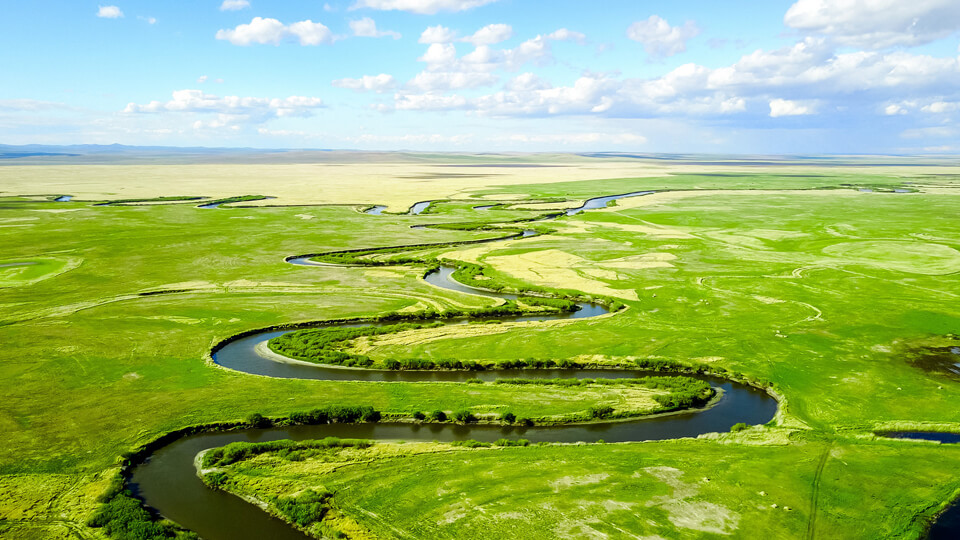
How to Get to Inner Mongolia
You can fly into the capital city of Hohhot(Hohhot Baita International Airport IATA: HET), which has good transportation connections. From there, you can hire a private car or join a guided tour to explore the region. Inner Mongolia is also well-connected by train and bus services. Besides Hohhot, you can also fly to important cities like Baotou (Baotou Donghe Airport, IATA: BAV) ,Ordos (Ordos Ejin Horo International Airport,IATA:DSN), or Chifeng (Chifeng Yulong Airport, IATA:CIF).
The Most Recommended Attractions in Inner Mongolia
Grasslands
The grasslands are a major draw of Inner Mongolia, offering breathtaking landscapes and the opportunity to experience Mongolian nomadic culture. Popular grassland destinations include Hulunbuir Grassland, Xilamuren Grassland, and Gegentala Grassland. You can stay in yurts, ride horses, and enjoy bonfire parties.
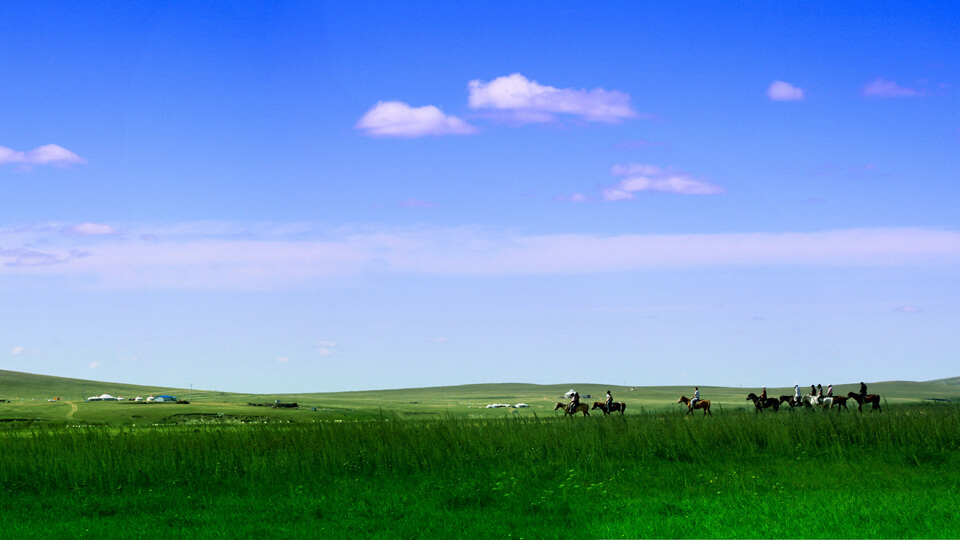
Geoparks
Inner Mongolia is home to several stunning geoparks that showcase unique rock formations and geological wonders. Some notable options include Arxan National Geopark, Alxa Desert Geopark, Hexigten Global Geopark.
Desert
The Tengger Desert and Kubuqi Desert offer thrilling experiences like camel riding, sandboarding, and dune hiking. Camping under the starry sky in the desert is also a popular activity.
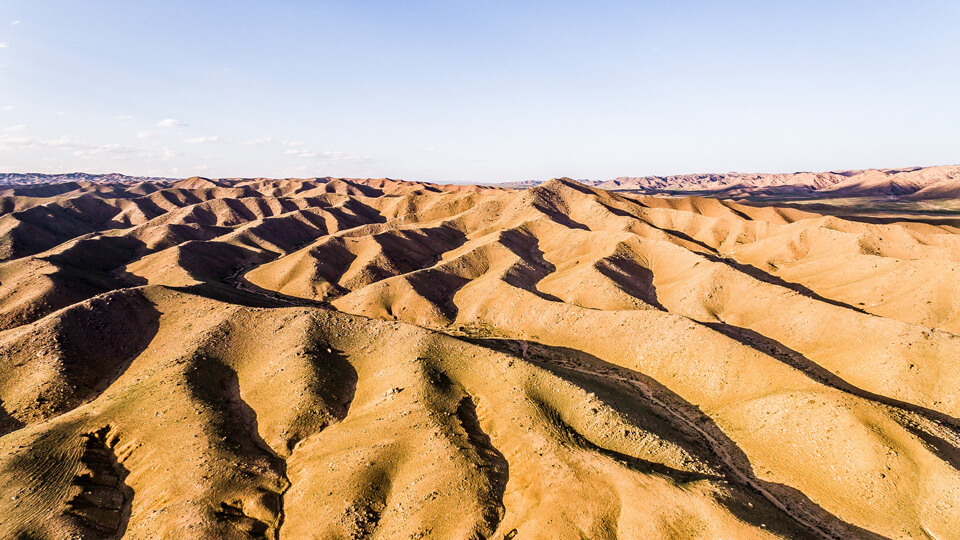
Historical and cultural sites
Inner Mongolia has a rich history and is dotted with historical and cultural sites such as the Mausoleum of Genghis Khan, Zhaojun Museum, Wudang Lamasery and the Dazhao Temple. These places offer insights into the region's Mongolian heritage.
Mongolian Cuisine
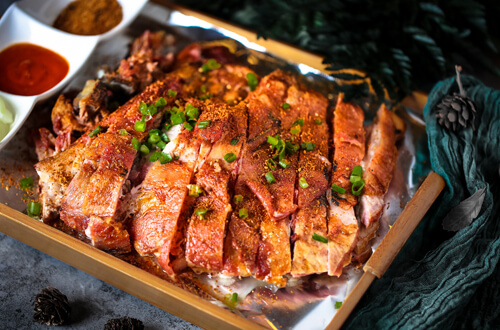
Savor the unique flavors of Mongolian cuisine, which includes dishes like roasted lamb, dairy products, and traditional staples like buuz (steamed dumplings) and khuushuur (fried meat pies). Try Airag, a fermented mare's milk beverage, and experience the traditional way of hospitality in a Mongolian ger (yurt).
Local Customs
Inner Mongolia has a unique culture and customs, so it is important to respect the local traditions. Do not enter a yurt without permission, greet the locals with a handshake or nod, and dress appropriately when visiting religious sites.
Language
While Mandarin Chinese is the official language, many people in Inner Mongolia also speak Mongolian. It is helpful to learn a few basic phrases in both languages or carry a translation app to communicate with the locals.
What is the Relationship Between Mongolia and Inner Mongolia?
The relationship between Mongolia and Inner Mongolia is complex. Inner Mongolia is an autonomous region (Provincial level administrative division) within the People’s Republic of China, while Mongolia is an independent country located to the north of Inner Mongolia.
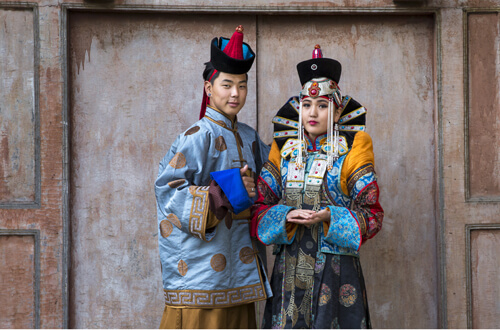
Historically, Inner Mongolia and Mongolia were part of the Mongol Empire, founded by Genghis Khan in the 13th century. However, after the empire’s collapse, the area was divided between various powers, with Inner Mongolia falling under Chinese control and becoming part of the Qing Dynasty. Mongolia, on the other hand, gained independence from China in 1921 and became a sovereign nation.
Although both regions share a common Mongol heritage and culture, they are politically distinct entities. Inner Mongolia is under Chinese administration and has adopted many aspects of Chinese culture, while Mongolia maintains its own government, language (Khalkha Mongolian), and cultural practices.
There are some cultural and economic exchanges between the two regions, and both maintain diplomatic relations with each other. However, there have been occasional tensions and disputes, particularly regarding issues of cultural preservation, human rights, and sovereignty. Overall, the relationship between Mongolia and Inner Mongolia continues to evolve and be influenced by political, historical, and cultural factors.
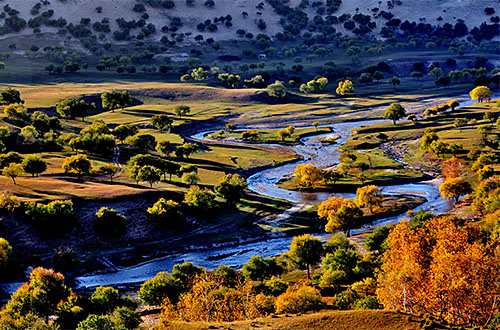 Photography Tour in Beijing and Inner Mongolia
Photography Tour in Beijing and Inner Mongolia 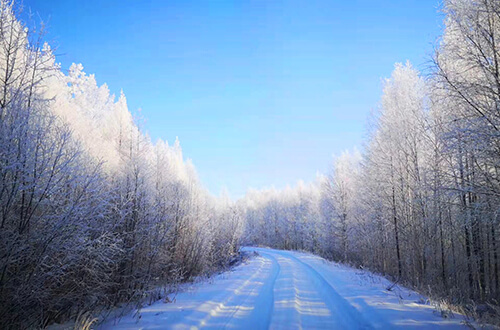 6-Day Inner Mongolia Winter Tour
6-Day Inner Mongolia Winter Tour 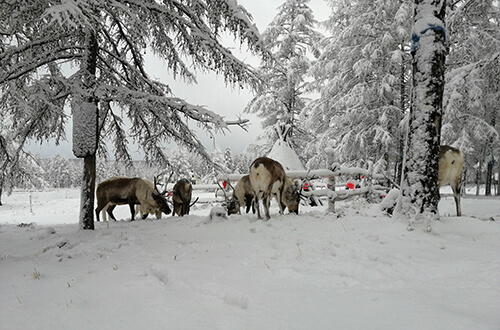 7 Days Nature Tour to Hulunbuir
7 Days Nature Tour to Hulunbuir 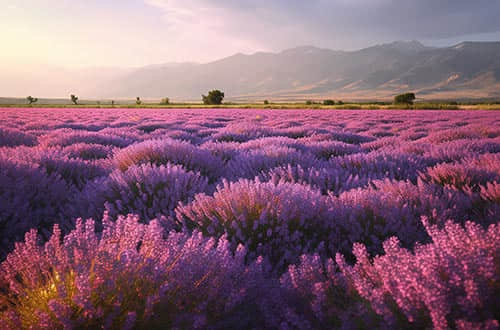 Xinjiang Travel Guide
Xinjiang Travel Guide